By Evin Priest
IT IS always difficult to see the forest for the trees.
But for Tom Doak, it was almost impossible to see the forest for the golf course.
“There were just so many trees,” laughs the popular course architect.
On his first visit to Te Arai, a coastal town two hours north of Auckland, Doak admits a giant wall of timber concealed any land suitable for golf.
In fact, the miracle that would ultimately deliver an 18-hole layout – on land which had a pine forest planted four decades prior – was the fact developers had cleared a swath of trees in order to access views of the islands off the northeast coast.
“If they hadn’t done that, the only way we would have known there were any views outward, and down the coast, would have been to walk along the beach,” says Doak, the man behind Kiwi No.3 Cape Kidnappers.
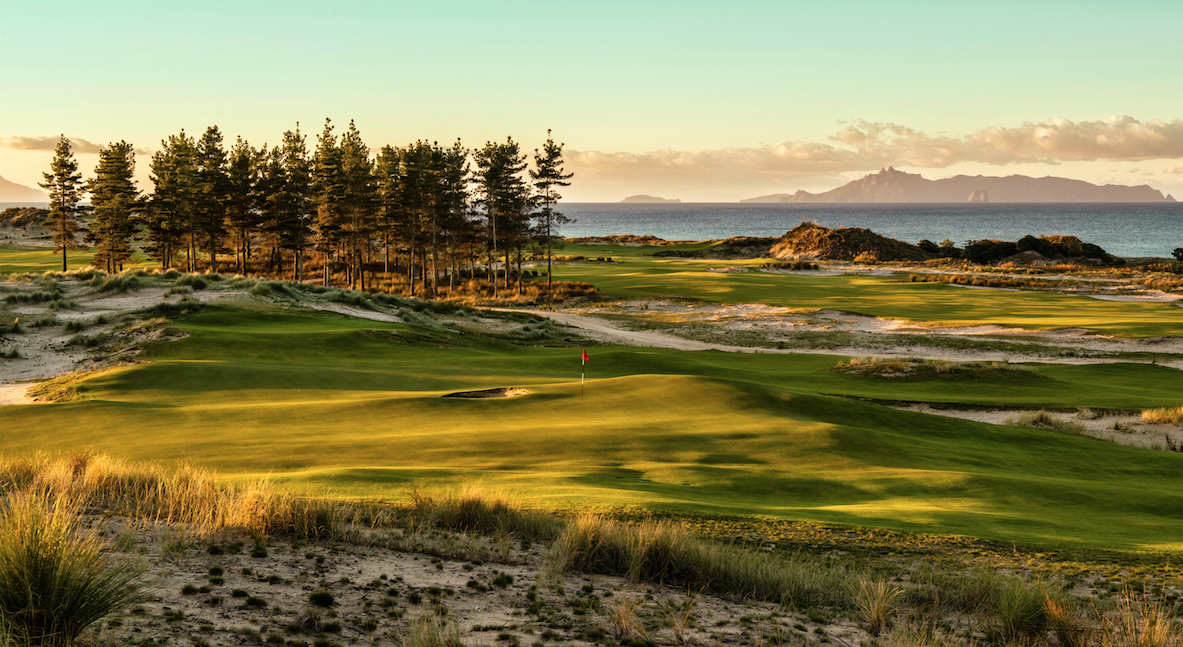
Doak and design associate Brian Slawnik spent months venturing in and out of the woods with a topography map. One by one, discovering the features they would fashion into a golf course: dune ridges, elevated tee sites, hummocks and punchbowls. The duo succeeded and a truly remarkable seaside links layout is their reward.
But it doesn’t end there. While Doak’s creation plays a lead role, a golf destination needs a stellar supporting cast to achieve bucket-list status.
In the same way Michael Jordan needed fellow Chicago Bulls Scottie Pippen, Dennis Rodman, Ron Harper and (Australian)
Luc Longley in the historic 1995/’96 NBA side, Tara Iti relies on a team of golf and hospitality virtuosos to make it one of the game’s truly special experiences.
A wise man told this writer the best golf course he’d ever played was Cypress Point, but the best golfing experience was Augusta National. What’s the difference?
Well, as golf moved into the modern era it ditched the occasion of a round, in many ways. Tara Iti wants to bring that back, and this is how they’re going to achieve it.

A Visionary
Tara Iti is the brainchild of a highly successful US businessman, Ric Kayne. The attention to detail is the product of a Los Angeles native who, after graduating from Stanford University, built an alternative investment strategy empire. A keen golfer and super yacht enthusiast, Kayne had a desire to bring golf back to its origins.
“I wanted Tara Iti to return the natural state of golf; a walking course with a caddie,” Kayne tells Australian Golf Digest. “I wanted it to be fun, attractive and have a level of service that was terrific.”
His vision included a world-class caddie program, luxury accommodation onsite, hospitality staff trained in the demanding environment of super yachts and a membership available only to gentleman.
“It’s about the quality of people’s character. Ric wanted good people; that’s what we’re trying to do,” says Jim Rohrstaff of Auckland- based Legacy Partners, manager of Tara Iti.
“I love what Tara Iti has become,” adds Kayne. “I’m enormously proud of what Tom (Doak) designed and what has been done by a much broader group of staff.”
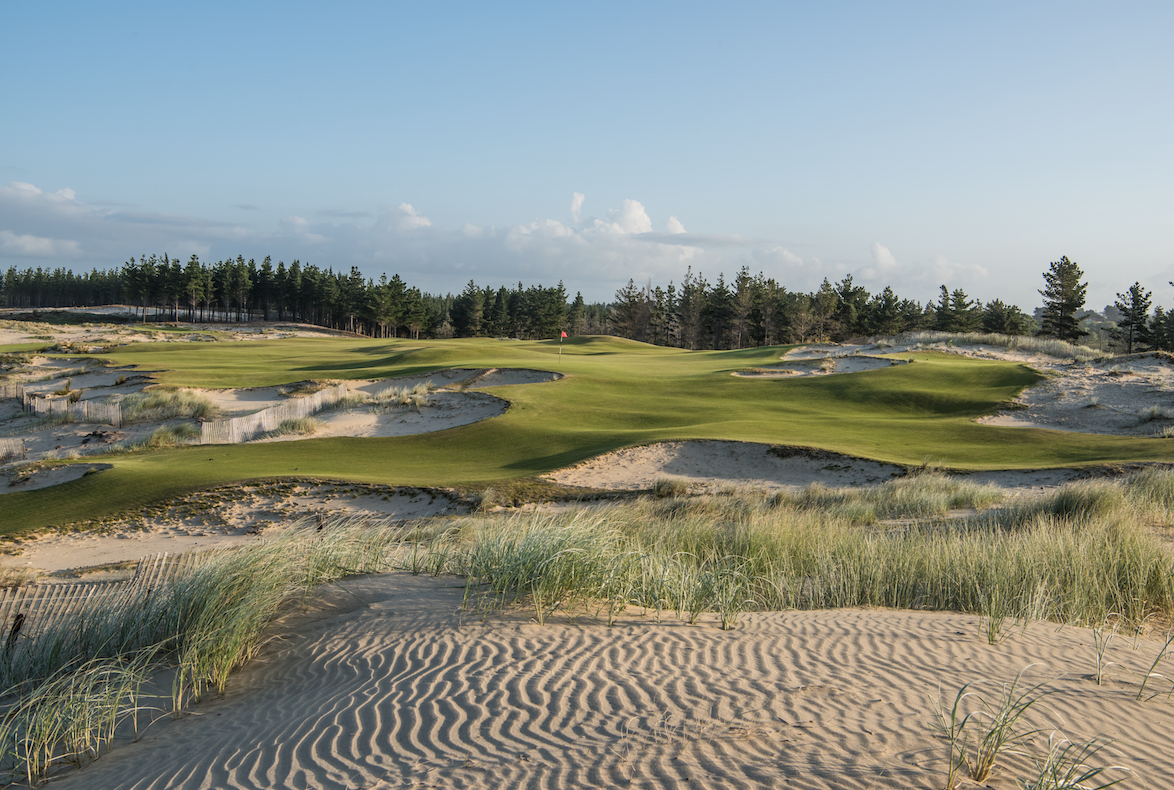
A Master Caddie
The caddie experience at Tara Iti is essential to Kayne’s vintage aspirations. If you’ve ever had a professional caddie (a legitimate career bagman) for a round of golf, it’s memorable (and addictive). Tara Iti’s caddie program
is spearheaded by Steven MacDonald, or ‘Stevie Mac’ as he is affectionately known
around the clubhouse. Stevie Mac splits his working year between carrying golf clubs
at The National Golf Links of America (at Long Island, New York), the Walker Cup (the amateur Ryder Cup) and Tara Iti.
“One anecdote sums up how professional Stevie Mac is,” says general manager Matt Guzik, a Minnesota native. “One of our junior caddies is local girl; a handy young golfer who plays off 4. Recently, it was her birthday and Lydia Ko happened to be in town to
play Tara Iti with Prime Minister John Key. Stevie Mac knew it was her birthday, so he put her on Lydia’s bag instead of one of our more senior caddies. It was a masterstroke; a birthday she’ll never forget.”
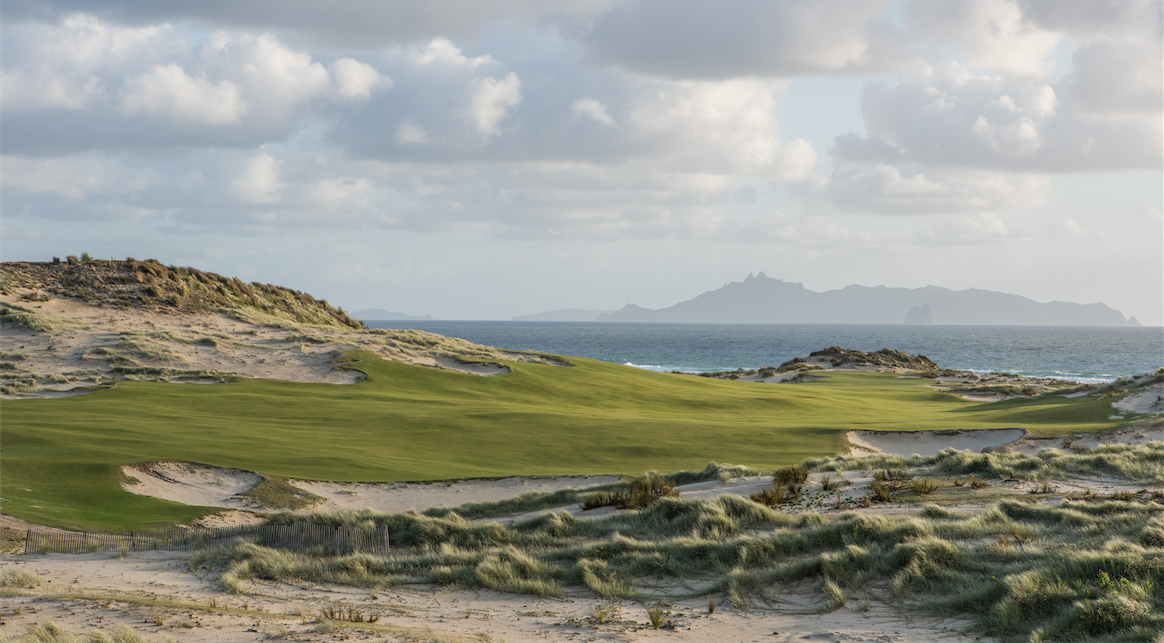
Superintendent C.J.
When asked how greenskeeper C.J. Kreuscher fits into Kayne’s philosophy, Guzik points to the way Kreuscher spends the first few hours of each day.
“C.J. is up at the crack of dawn, walking the course, feeling the fairways under his shoes and the wind in his hair. He uses
his instincts to decide on the day’s pin/tee placements,” says Guzik. “Nowadays, a lot of superintendents race around in golf carts using a chart as a guide to place the flags on greens. That’s not how golf should be – it should be feel-based and in consultation with the elements.”
Kreuscher is certainly an agronomic asset to Tara Iti. Doak personally selected the fescue grass expert after working with him on the Old MacDonald course at Oregon’s famed Bandon Dunes.
“C.J. has a big role here, too. He’s really well versed in fescue, having worked at Old MacDonald, and he’s a really good player; like a 2 handicap,” says Doak.
“He’s learning to roll with the punches (at Te Arai) and learning what the weather and wind patterns can do. He’s having to adjust fairway patterns and respond based on those kinds of natural factors. That’s fine with us.”
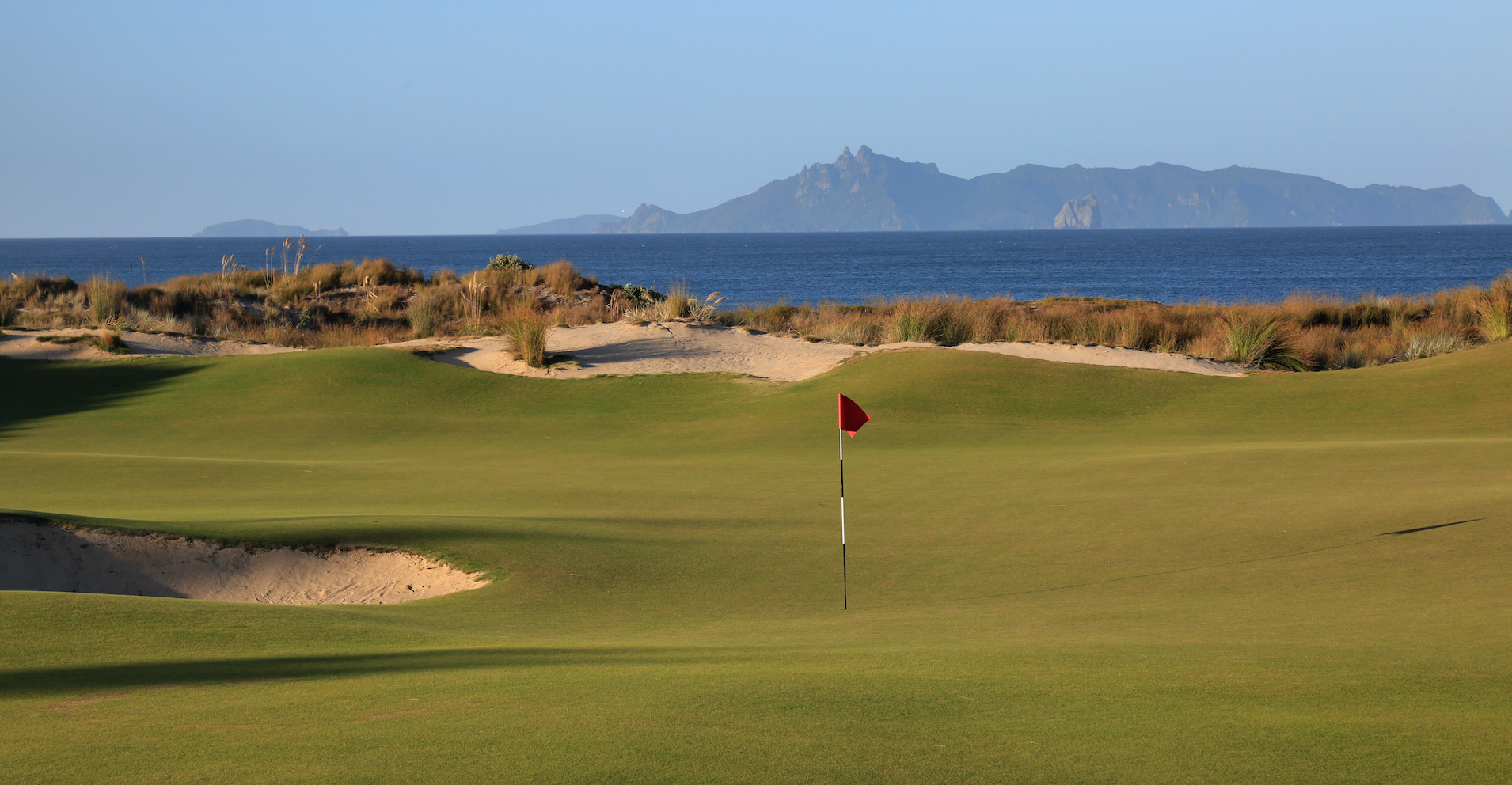
An Unforgettable Golf Course
At face value, Tara Iti is predictably an amazing golf course: a rugged, seaside links layout nestled between towering sand dunes and the islands of the Hauraki Gulf.
But beneath the surface, Tara Iti appeals to tour players, purist golfers and novices alike. Fans of golf architecture and low handicappers will appreciate the necessity to use both imagination and the natural topography to navigate golf shots. There are no deliberate corridors, rather a series of advantageous paths to the hole.
Higher handicappers, and those not well-versed in course design, will savour the ability to play a bucket-list course that is enjoyable and fair. This playability is a product of generous fairways, no hazards, no water, no out-of-bounds and no bunkers.
For non-members, Tara iti requires a letter of introduction from their home club and golfers must stay on site in the member cottages. The tee times will be capped (similar to the Old Course at St Andrews) and only a once-off for non-members.
“I’ve had the privilege of playing the top 100 (courses) in the world,” says Kayne. “But I enjoy the more natural venues. I think the way Tom designs a course takes golf back to the way I romanticise it – you pick the tees and you pick the greens and let nature take its course in between.”
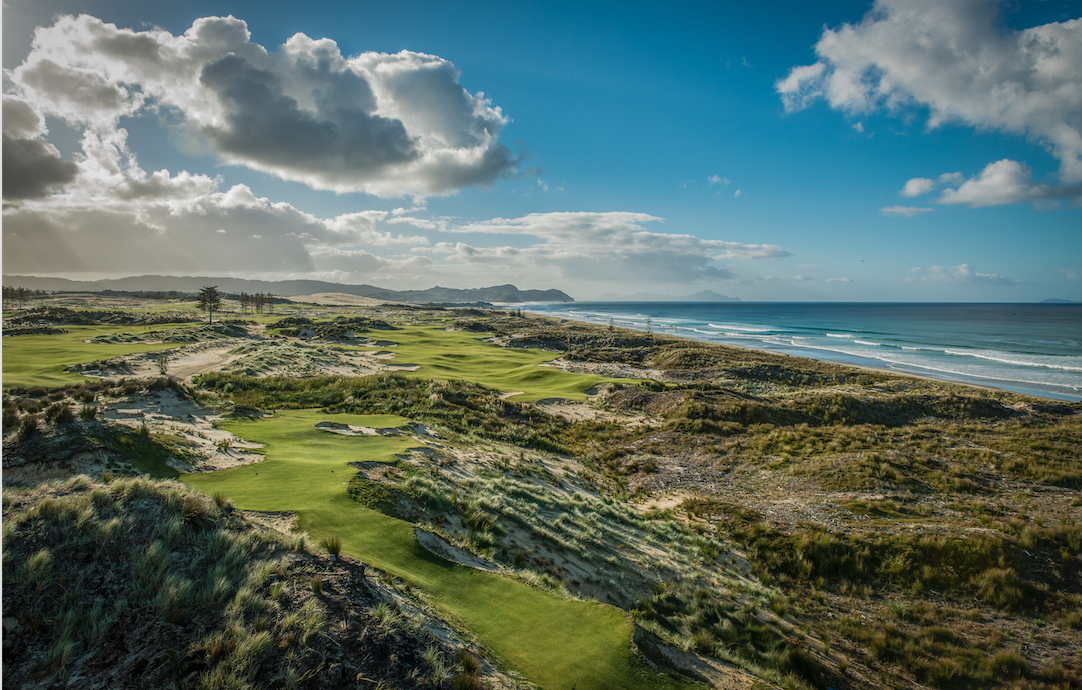
Now Tara Iti has attained the mantle of New Zealand’s No.1 layout, the remaining question is where it will slot in on the World’s 100 Greatest Golf Courses ranking.
When Golf Digest (US) releases its next global ranking in 2018, it will also be particularly interesting to see how Tara Iti stands next to Cape Kidnappers – the best- ranked Kiwi course on the 2016 international index and Doak’s first design in the land of the long white cloud.
“It’s a matter of perspective,” says Doak. “For New Zealanders, Tara Iti has the benefit of being a true links golf experience – its only competition is Paraparaumu Beach, but the dunes and the houses block sea views there.
“Many people think links golf is the best kind of golf and that’s an advantage for Tara Iti just like it is for Barnbougle (Dunes) in Australia. However, if you’re a visitor making a list of the best courses in the world, there are lots of links courses, and there is no other site quite like Cape Kidnappers (at Hawkes Bay). It will be interesting to see how the two match up in other people’s minds.”
Although Doak himself finds it difficult to choose between the two.
“Whichever wins, I just pinch myself that I got to work on both of them.”



